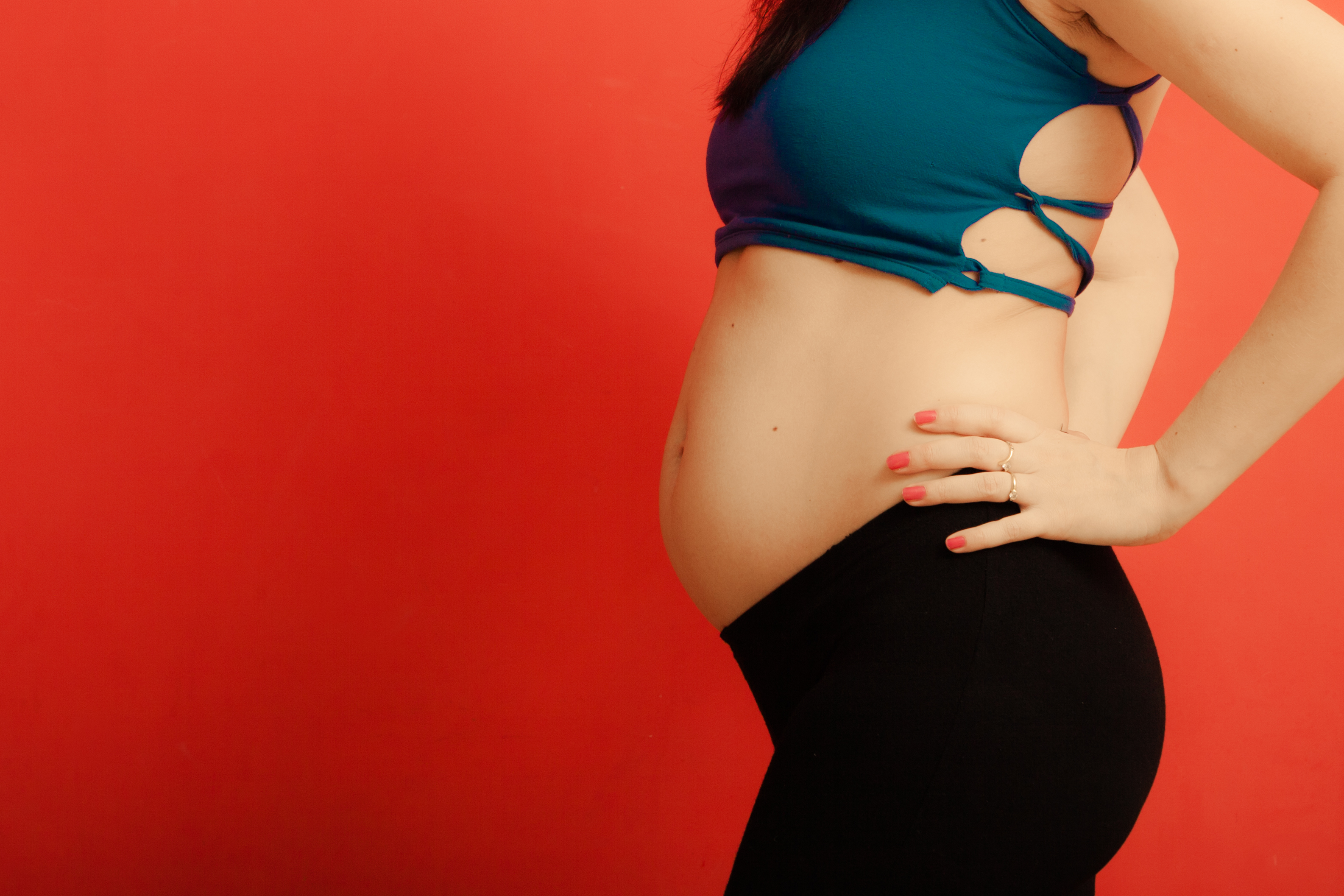
Do you find that you look pregnant (even when you're not anymore or never were)? Do you have back pain? If the answer is yes, you may want to check yourself for a Diastasis Recti (DR), or as it's often referred to "ab separation" or "ab gap."
As a pre and postnatal exercise specialist, I’m finding that more and more pregnant and new moms are discovering they have a DR, and I hypothesize that more and more will continue to discover it, whether they’ve had babies or not. The quick version is that a DR is when the tissue that holds your abdominals together stretches and thins too much so that the right and left sides of your abdominals separate too much. This can result in you looking pregnant (when you’re not), back pain, and in severe cases, a hernia. Any excess pressure on the abdominal wall can contribute to a DR, whether that’s a growing baby, extra weight, or even exercises that put too much stress on the abdominals or working the abdominals too much.
I highly encourage everyone, whether or not you’ve had a baby to check yourself for a diastasis recti. The best way to check yourself is to do what’s known as the “finger test” which I demonstrate here. If you find that you have one, I suggest immediately backing off on your core work and checking in with your OBGYN and/or a pelvic floor specialist. There are exercises you can do to help heal a diastasis recti, as I demonstrate here, as well as exercises you should avoid, like these. Like any injury, you should want to close your DR, so you can live a comfortable life knowing your body is strong and intact. Furthermore, for women who want to continue having babies, a DR can get worse with each pregnancy, especially if you don't heal your muscles after each pregnancy (which is why a diastasis often occurs in women who've had multiple pregnancies, especially ones that are close together).
If you find that you have an abdominal separation, you are not alone. Recent statistics say up to two-thirds of pregnant women have a DR. It’s also advantageous to test yourself during your pregnancy. Although you won’t have as accurate a read (because you have a baby inside you), it’s at least worthwhile testing yourself so you can take some precautions throughout the remainder of your pregnancy. I found one during my most recent pregnancy and put it on video, so you can see the signs and what to do and avoid doing.
Diastasis Recti, in most occurences, is recoverable, as long as you identify the problem, take the precautions, and put in the time to do your exercises to heal it. In severe separations, surgery is required. By identifying the problem as soon as possible, you will have a better chance of closing the gap and rebuilding your core, so I highly encourage you to take the time to check yourself for a Diastasis Recti.



























